How much do you know about electrostatics?
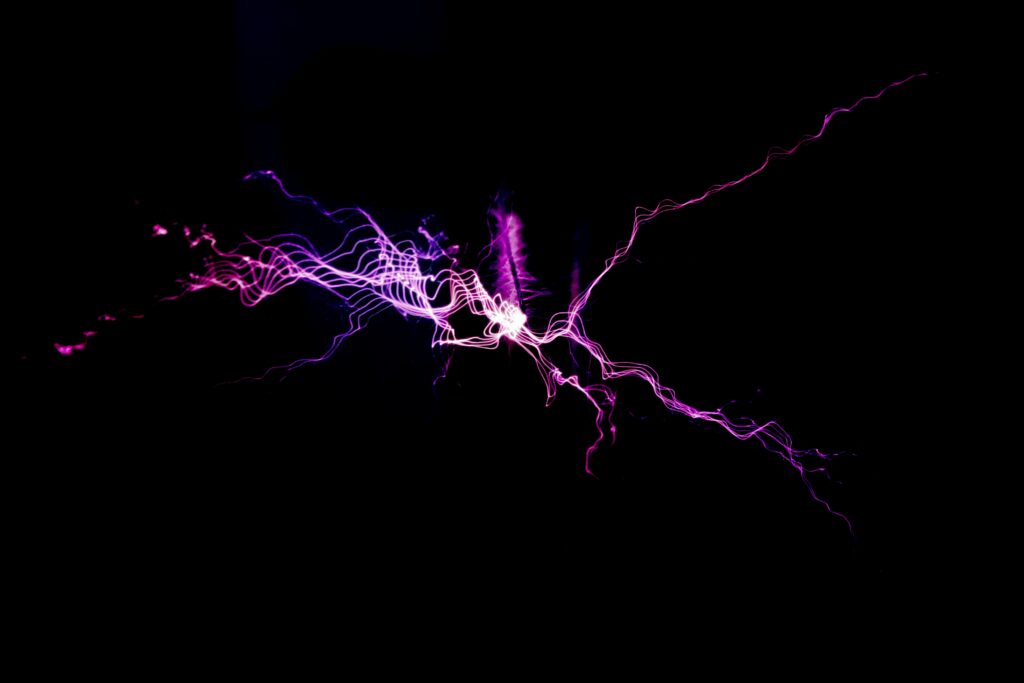
Electrostatics is the branch of Physics that studies the interactions between electrically charged bodies that are at rest. When an object accumulates electrical charges, it produces static electricity. This accumulation can be generated if two materials rub against each other, since electrons pass from one surface to another due to the difference in energy levels (the two bodies remain charged, one with a negative charge and the other with positive charge). On the other hand, if a neutral element is touched by another that has an electrical charge, both will result in the same type of charge.
With contact, an electrostatic discharge can appear: an electric current that circulates momentarily between objects that have different potentials.
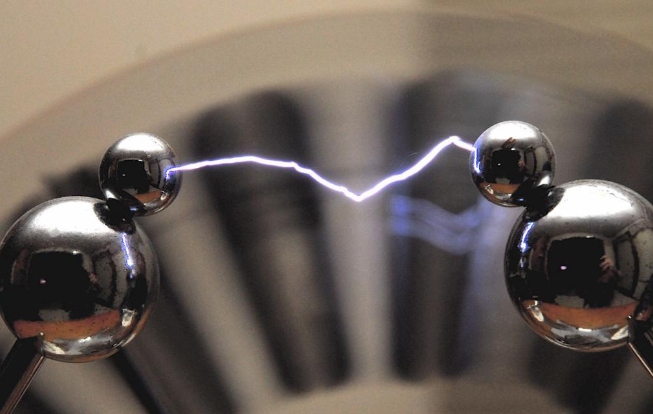
Electrically charged material that attracts or rejects electrons from another material produces an induced charge. In the second element, an area with a greater positive charge that causes attraction develops, this can be seen when a balloon is rubbed and then remains attached to the wall by the attractive force that derives from the opposite charges on both surfaces.
From the Greeks discovering the curious properties of amber when rubbed, to today’s nanoconductors, the study of electricity has occupied some of humanity’s most lucid minds.
Let’s look at the next practice and see electrostatics in action.
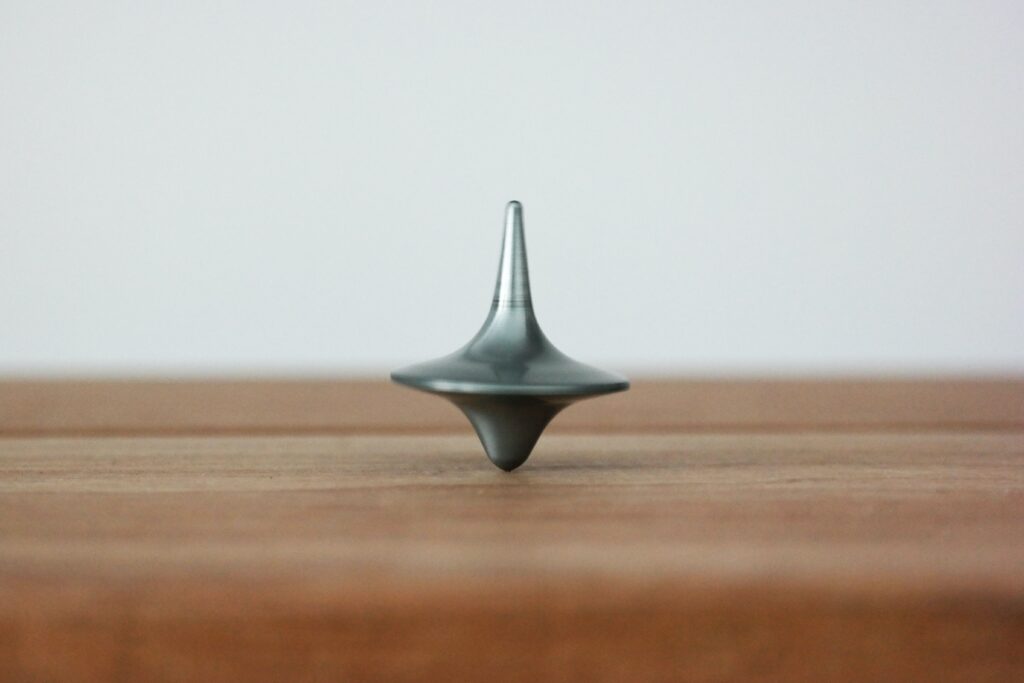
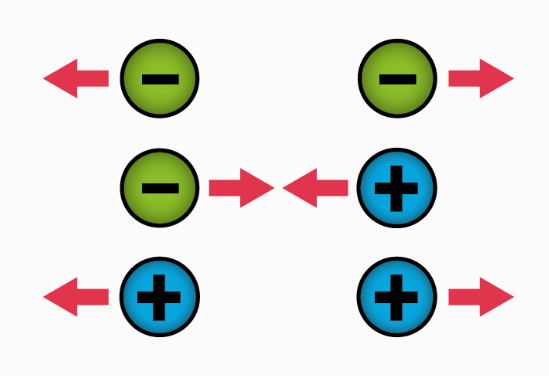
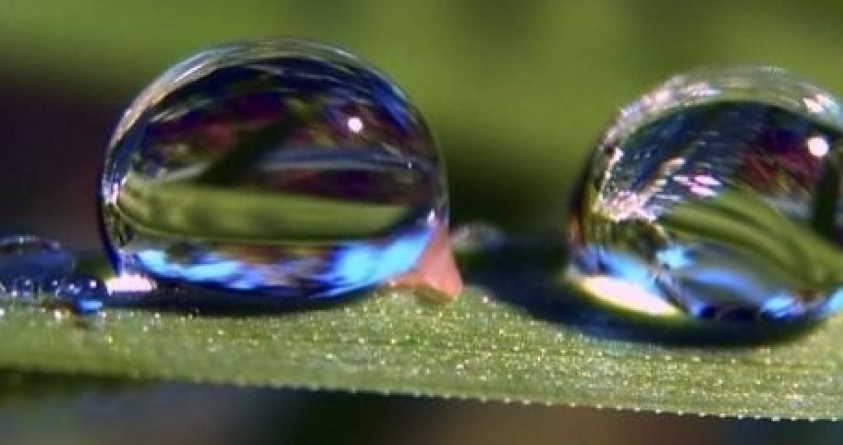


Responses